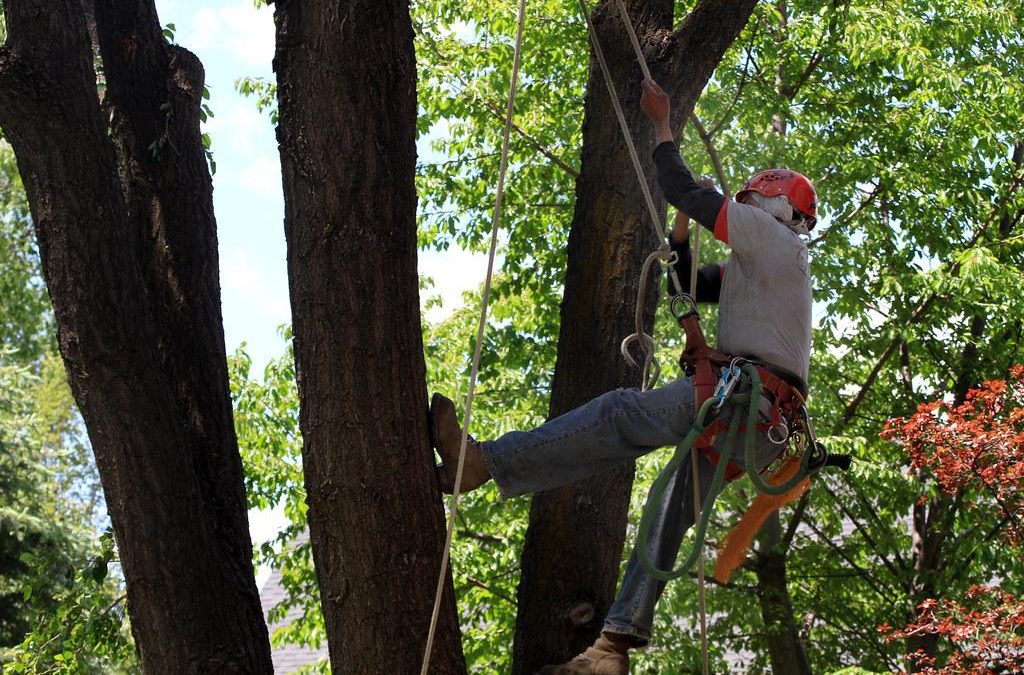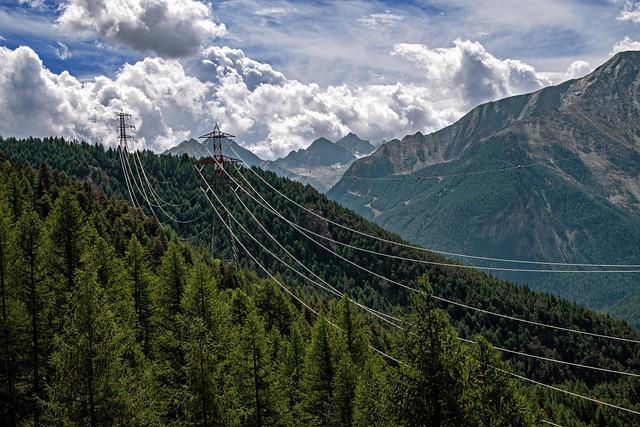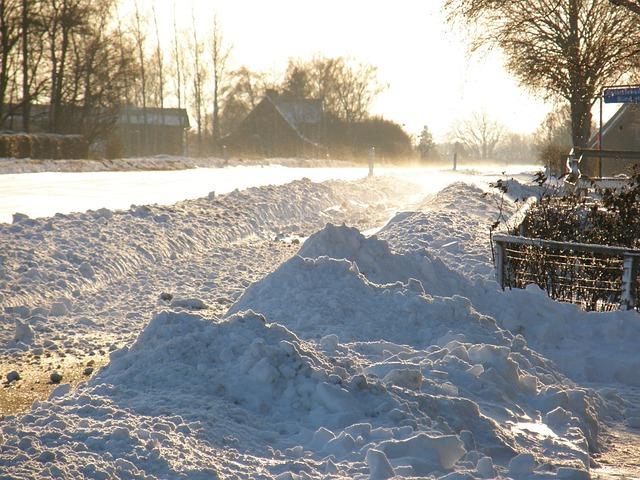Utilizing Arborist Reports for Tree Risk Assessment

Utilizing Arborist Reports for Tree Risk Assessment is a crucial aspect of arboriculture that involves the systematic process of identifying, analyzing, and evaluating tree risk. Arborists play a vital role in assessing tree health and potential hazards to ensure the safety of people and property. Arboricultural Risk Assessment, often conducted in response to client requests, is essential for determining the level of risk associated with trees and deciding on appropriate management strategies. This article aims to explore the significance of arborist reports in the tree risk assessment process, highlighting the standard assessment procedures and tools utilized by arborists in this field. By delving into research publications and industry insights, we will uncover the importance of arborist reports in effectively managing tree risks and promoting overall safety within urban environments. Learn more about this topic by delving into the comprehensive resources available within the field of arboriculture[[1]][[2]][[3]].
Table of Contents
- Key elements of a comprehensive arborist report
- Importance of conducting regular tree risk assessments
- Utilizing arborist reports to identify potential hazards
- Using arborist reports to develop effective risk management strategies
- Incorporating arborist recommendations into tree maintenance planning
- Q&A
- Conclusion
Key elements of a comprehensive arborist report
Arborist reports are crucial tools in assessing tree health and safety, providing essential information for evaluating tree risk and determining the best course of action. include:
- Tree Assessment: The report should detail a thorough evaluation of the tree’s health, structural integrity, and potential risks. This involves assessing factors such as the presence of diseases, pests, structural defects, and overall vitality.
- Risk Analysis: A comprehensive arborist report will include a detailed risk analysis that identifies potential hazards associated with the tree. This analysis helps in determining the level of risk the tree poses to its surrounding environment and inhabitants.
- Recommendations: Based on the assessment and risk analysis, the arborist report should provide clear recommendations for mitigating identified risks. These recommendations may include pruning, cabling, or in some cases, tree removal.
Arborist reports also serve as valuable documentation when seeking tree removal permits, as they provide a detailed account of the tree’s condition and associated risks. By utilizing arborist reports for tree risk assessment, property owners and arborists can make informed decisions regarding tree maintenance and management to ensure the safety of individuals and property in the surrounding area.
Importance of conducting regular tree risk assessments
Regular tree risk assessments are essential for ensuring the safety of your property and those around it. Arborist reports play a crucial role in this process, providing detailed evaluations of tree health, structural condition, and the risk of potential tree failure. These assessments help property owners and managers understand the level of risk posed by trees on their premises, allowing them to take proactive measures to mitigate any hazards.
By utilizing arborist reports for tree risk assessment, property owners can make informed decisions about tree care and maintenance. Arborists assess various factors that can contribute to tree risks, such as proximity to structures, signs of disease or decay, and the overall stability of the tree. With this information in hand, property owners can prioritize tree maintenance efforts, implement necessary safety measures, and potentially prevent accidents or damage caused by falling trees.
Tree risk assessments conducted through arborist reports provide a comprehensive understanding of the potential dangers associated with trees on a property. This proactive approach not only ensures the safety of the surroundings but also helps maintain the overall health and longevity of trees, contributing to a safe and beautiful outdoor environment.
Utilizing arborist reports to identify potential hazards
Utilizing Arborist Reports for Tree Risk Assessment
Arborist reports play a crucial role in identifying potential hazards associated with trees. These reports are comprehensive documents that provide detailed information on the health, structural integrity, and safety of trees on a property. By utilizing arborist reports, property owners and managers can proactively assess and mitigate risks posed by trees, ensuring the safety of residents and structures.
Key benefits of utilizing arborist reports for tree risk assessment include:
- Evaluating Tree Health: Arborist reports assess the overall health of trees, highlighting any signs of disease or decay that may lead to structural weaknesses.
- Determining Hazardous Conditions: By conducting a thorough assessment, arborists can identify potential hazards such as dead branches, leaning trees, or root damage that pose risks to the property.
- Developing Maintenance Plans: Based on the findings of the report, arborists can recommend specific care and maintenance plans to address existing issues and prevent future risks.
| Tree Risk Assessment Factors | Risk Level |
|---|---|
| Structural Integrity | High |
| Proximity to Structures | Medium |
| Health Conditions | Low |
Using arborist reports to develop effective risk management strategies
When it comes to effective tree risk management strategies, utilizing arborist reports can be a crucial component in assessing and mitigating potential hazards. Arborist reports provide detailed insights into the health, structure, and overall condition of trees, helping arborists and stakeholders make informed decisions to reduce risks [[1].
Arborist reports serve as a valuable tool to identify potential hazards, such as dead branches, tree diseases, pest infestations, or structural weaknesses. By carefully analyzing these reports, strategies can be developed to address identified risks through targeted pruning, bracing, cabling, or tree removal, if necessary[[2].
Implementing the recommendations outlined in arborist reports can significantly enhance tree risk management efforts, ensuring the safety of individuals and property while preserving the urban tree canopy. Regularly updating these reports and monitoring the implemented strategies is key to maintaining a proactive approach to tree risk assessment and management[[3].
Incorporating arborist recommendations into tree maintenance planning
When it comes to tree maintenance planning, incorporating arborist recommendations is crucial for ensuring the health and safety of your trees. Utilizing arborist reports for tree risk assessment can provide valuable insights that guide informed decisions regarding tree care. Arborist reports, such as those provided by Cutting Edge Tree Professionals [2], offer professional evaluations of tree health and safety, detailing important information that helps prioritize maintenance tasks.
Arborists consider various factors when developing recommendations, including the tree’s species, location, age, and overall condition. By following the recommendations outlined in these reports, you can create a comprehensive tree care plan that addresses potential risks and promotes tree longevity. A systematic approach, as discussed in resources like Trout Brook Tree Service [3], ensures that maintenance efforts are tailored to meet the specific needs of each tree on your property.
By integrating arborist recommendations into your tree maintenance planning, you can proactively address issues, minimize risks, and maintain the health and beauty of your trees. Whether it’s assessing tree health, identifying potential hazards, or planning for future care, arborist reports serve as invaluable tools in guiding your overall tree management strategy.
Q&A
Q: What is an Arborist Report?
A: An Arborist Report is a detailed document prepared by a certified arborist that provides an assessment of tree health, structural integrity, and potential risks associated with trees on a property.
Q: How can Arborist Reports be utilized for Tree Risk Assessment?
A: Arborist Reports play a crucial role in Tree Risk Assessment by providing valuable information about the condition of trees, including any signs of decay, disease, or structural issues. By analyzing the contents of the report, arborists can accurately assess the level of risk posed by specific trees and recommend appropriate management strategies.
Q: What are some common signs that indicate the need for a Tree Risk Assessment?
A: Some common signs that suggest it’s time to schedule a Tree Risk Assessment include visible signs of decay or damage, leaning trees, dead branches, proximity to target areas such as buildings or power lines, and recent severe weather events. It is important to proactively assess tree risks to prevent potential hazards.
Q: Are there different levels of Tree Risk Assessments available?
A: Yes, there are different levels of Tree Risk Assessments, ranging from basic visual assessments to more comprehensive assessments that may involve advanced technologies like tree climbing and decay detection tools. Arborists may conduct Level 1 Limited Visual assessments from designated areas or perform more in-depth evaluations based on the specific needs of the property.
By utilizing Arborist Reports for Tree Risk Assessment, property owners can proactively manage tree risks, ensure safety, and preserve the health of their trees. For further information on the importance of Tree Risk Assessments and the role of Arborist Reports, you can refer to the resources provided in the following links: [1], [2], [3].
Conclusion
In conclusion, arborist reports play a crucial role in assessing tree health and safety, as well as identifying potential risks associated with trees. By utilizing the information provided in these reports, property owners and city planners can make informed decisions about managing and maintaining urban forests[1]. It is essential to follow the guidelines outlined for submitting arborist reports to ensure the accuracy and reliability of the information presented[3]. Remember, a thorough tree inventory and risk assessment can help prioritize tree care practices and promote a safe and healthy environment for both people and trees[2].
Simpsons Tree Services, Servicing Melbourne’s North Eastern Suburbs
Book a quote online at www.simpsonstrees.com.au


